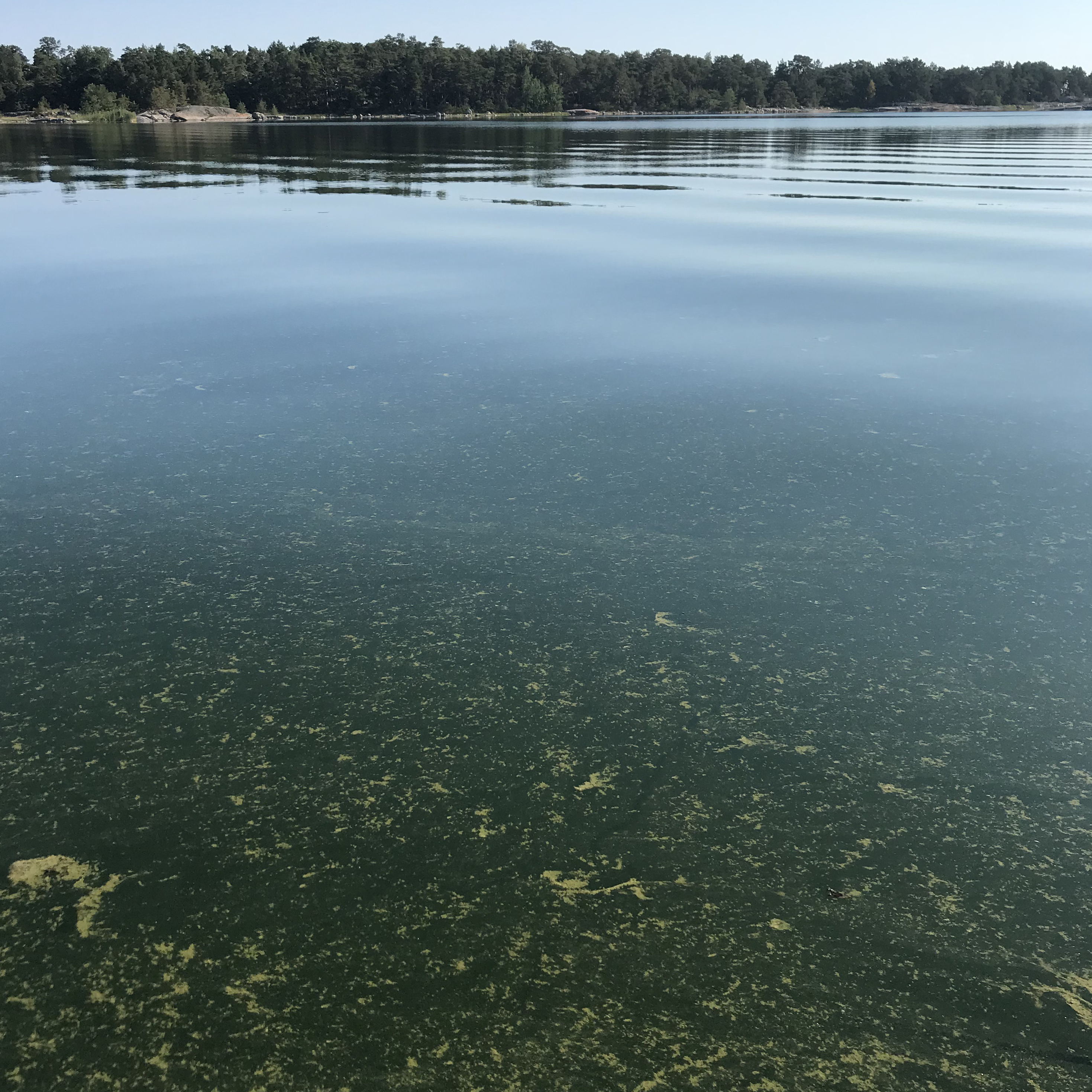
Very warm and calm weather in Stockholm archipelago, Baltic Sea. Algae accumulating at the surface. Photo: Petra Philipson, Genböte (Haninge-Stockholm, Sweden) 2018-07-15.

Very warm and calm weather in Stockholm archipelago, Baltic Sea. Algae accumulating at the surface. Photo: Petra Philipson, Genböte (Haninge-Stockholm, Sweden) 2018-07-15.
InfoBaltic (The Information Office for the Baltic Sea, Stockholm, Sweden):
The cyanobacteria bloom situation since mid-June has been very fluctuating. The blooms that developed up until the 21/6 were quickly mixed down into the water in an episode of windy weather. Until the 25/6 there were barely any visible cyanobacteria. After this they grew quickly to show signs of blooming through all of the proper Balic region; from outside of Ystad and into the Gulf of Finland. This then shrunk down to later again grow to similar extents. As of today (9/7), there are cyanobacteria visible from satellite pictures from Bornö Island up through the Gulf of Finland, in varying densities. Local reports have shown costal blooms especially in area between Nynäshamn and Västervik, Sweden. These fluxes of cyanobacteria blooms are due to weather conditions, which after the long high-pressure flux of May and June became a little more instable with colder temperatures, more cloud coverage and stronger winds occasionally.
Normally there are expeditions going out monthly during the summer months sampling the water to get a picture of species composition. However, this year it has been delayed so there is little information about the species of cyanobacteria present at the moment. The next expedition is planned to occur mid-July. The waters have been warm enough for species like Nodularia spumigena to grow, especially in the southern parts of the basin. This is of great interest to find out since this is the species which is known to create problems for humans and animals since it can be toxic.
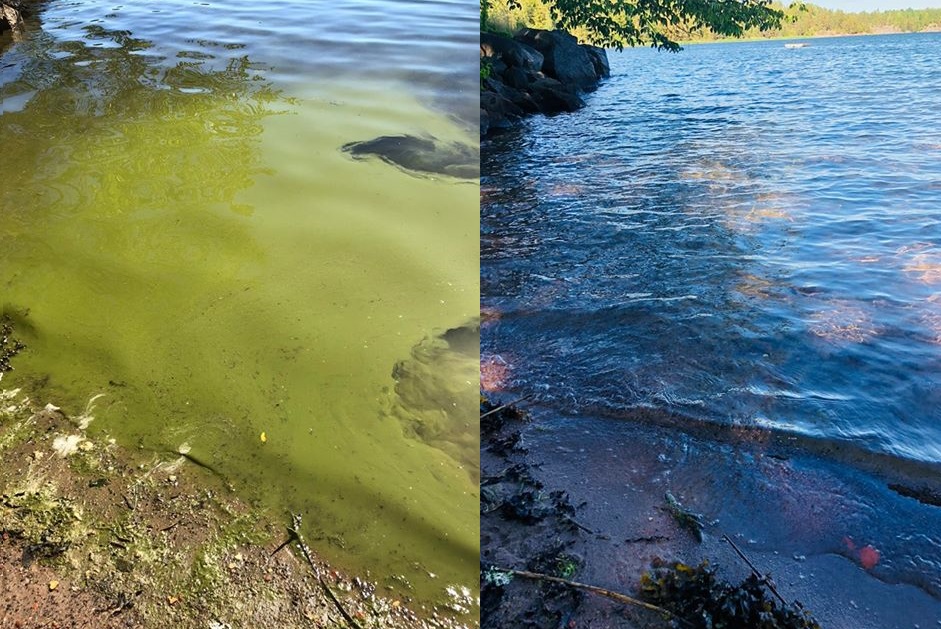
Illustration of how quickly the accumulations of cyanobacteria can disappear over-night. Pictures taken from one beach in Dagsbo, Sweden. Photo: Louise Lundberg.
INCDDD (Danube Delta National Institute for Research and Development, Tulcea, Romania):
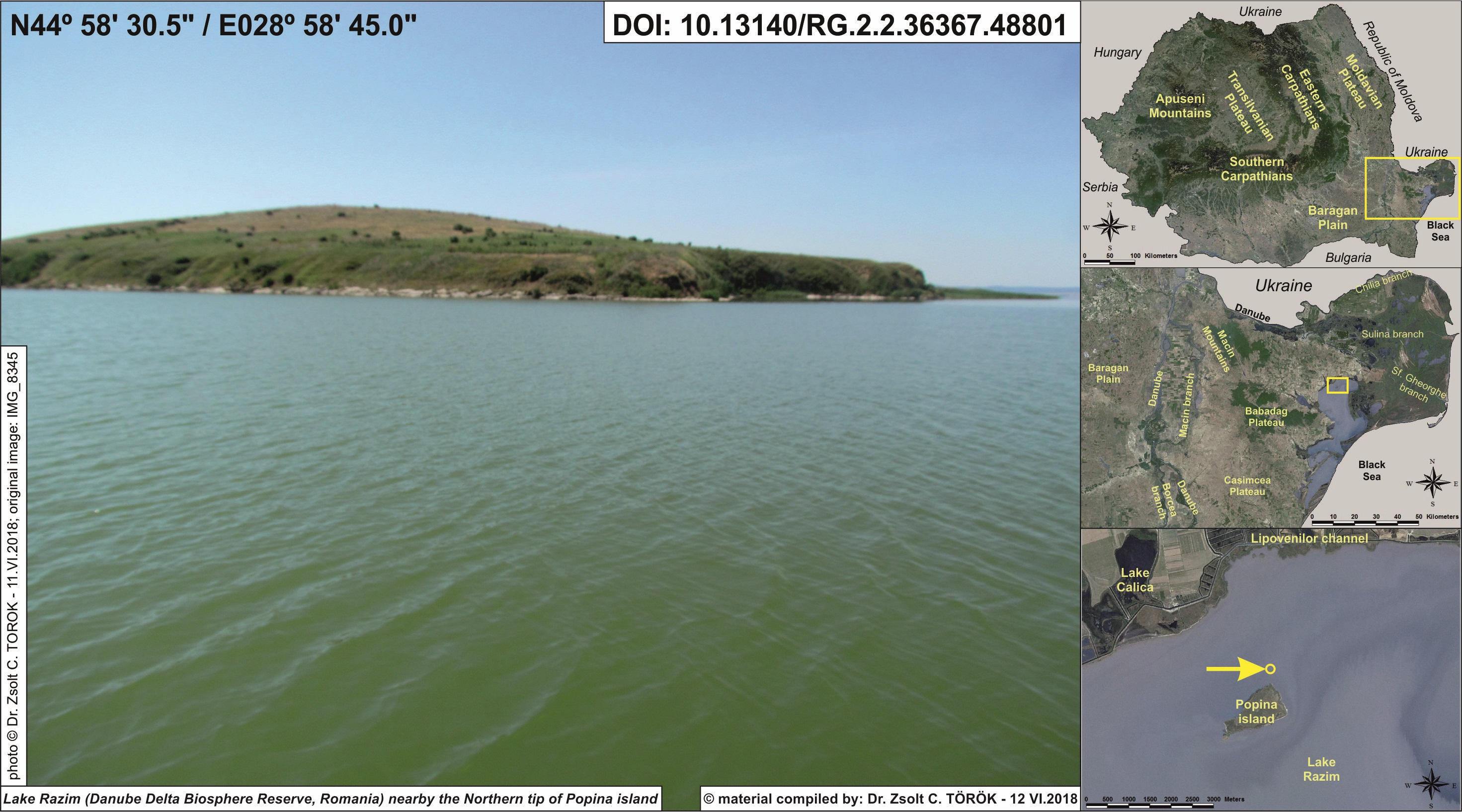
Lake Razim (Danube Delta Bioshpere Reserve, Romania) nearby the Northen tip of Popina island, 11 June 2018. Photo: Dr. Zsolt C. TÖRÖK, INCDDD.
InfoBaltic (The Information Office for the Baltic Sea, Stockholm, Sweden):
The blooms of cyanobacteria in the Proper Baltic started very early this year. The main reason is the warm temperatures and calm conditions the whole Baltic region has experienced through May and June. This has favored the growth and reproduction of the cyanobacteria, and accumulations started showing in the south-eastern parts of the pelagic area already at the end of May. They have progressed and expanded since then, which is about a month earlier than normal. Local reports and satellite data show that areas from the east of Denmark and up to Stockholm (Sweden) are in the zone of algal growth in the water mass, and recently satellites reported initial spreading to the Gulf of Finland. Within the area there are multiple accumulations on the surface, and these also occur locally by the coast. The buildups in the south-eastern Baltic and the Hanö-bay (Sweden) have been the primary ones, and have persisted since early June. If the weather conditions proceed as previously, the blooms will continue to grow and could result in problems for coastal areas, especially for animals and for recreational purposes during the summer months. As long as the supply of phosphorous is available for the cyanobacteria, there is no other limitation to their growth period except for the weather conditions. Colder temperatures or winds could decrease the expansion of the blooming zones and mix existing accretions into the water mass.
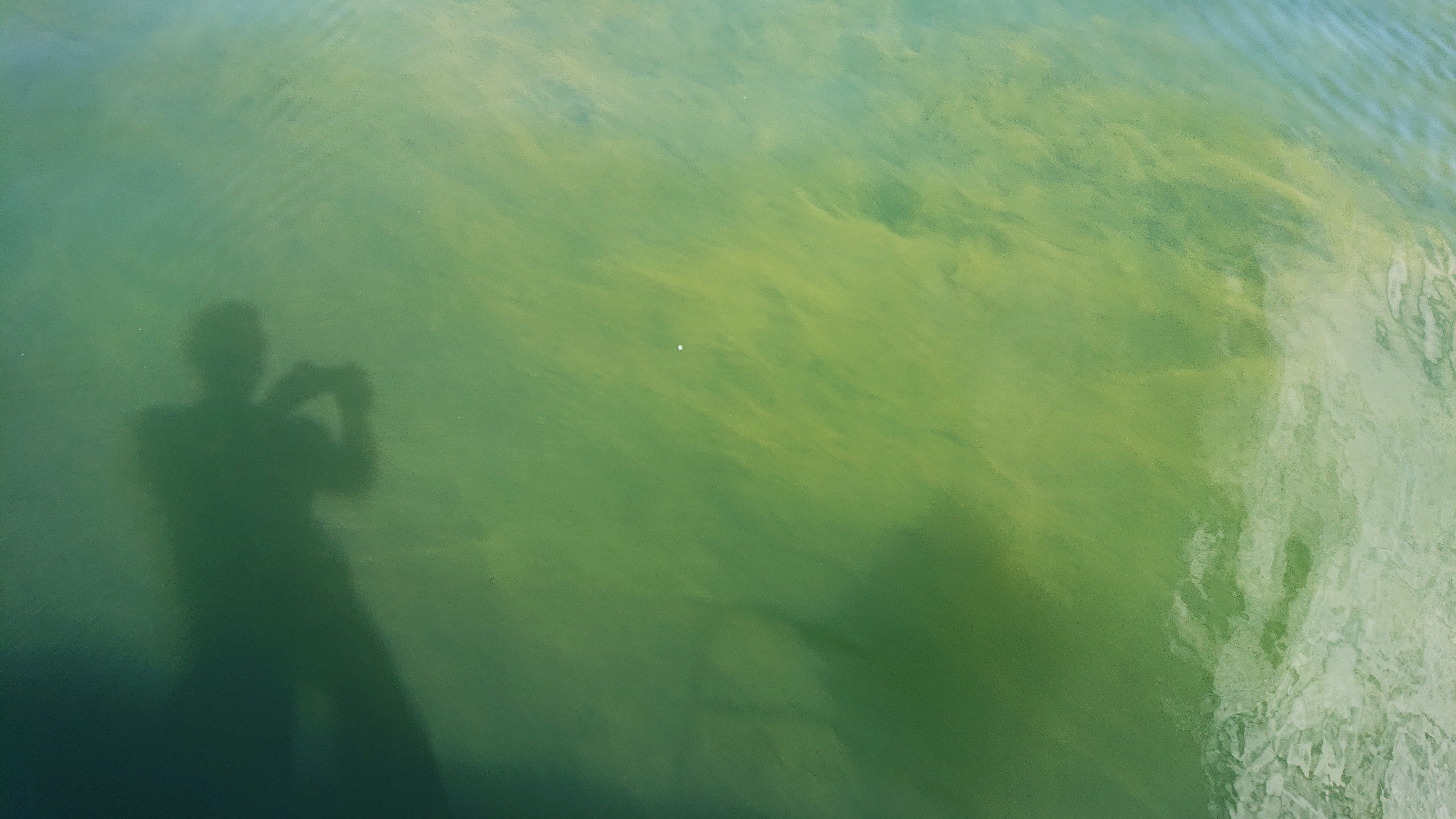
Saxarefjärden (Stockholm, Sweden) 2018-06-10. Photo: Peter Wittlåck.
ISS (National Institute of Health, Rome, Italy):
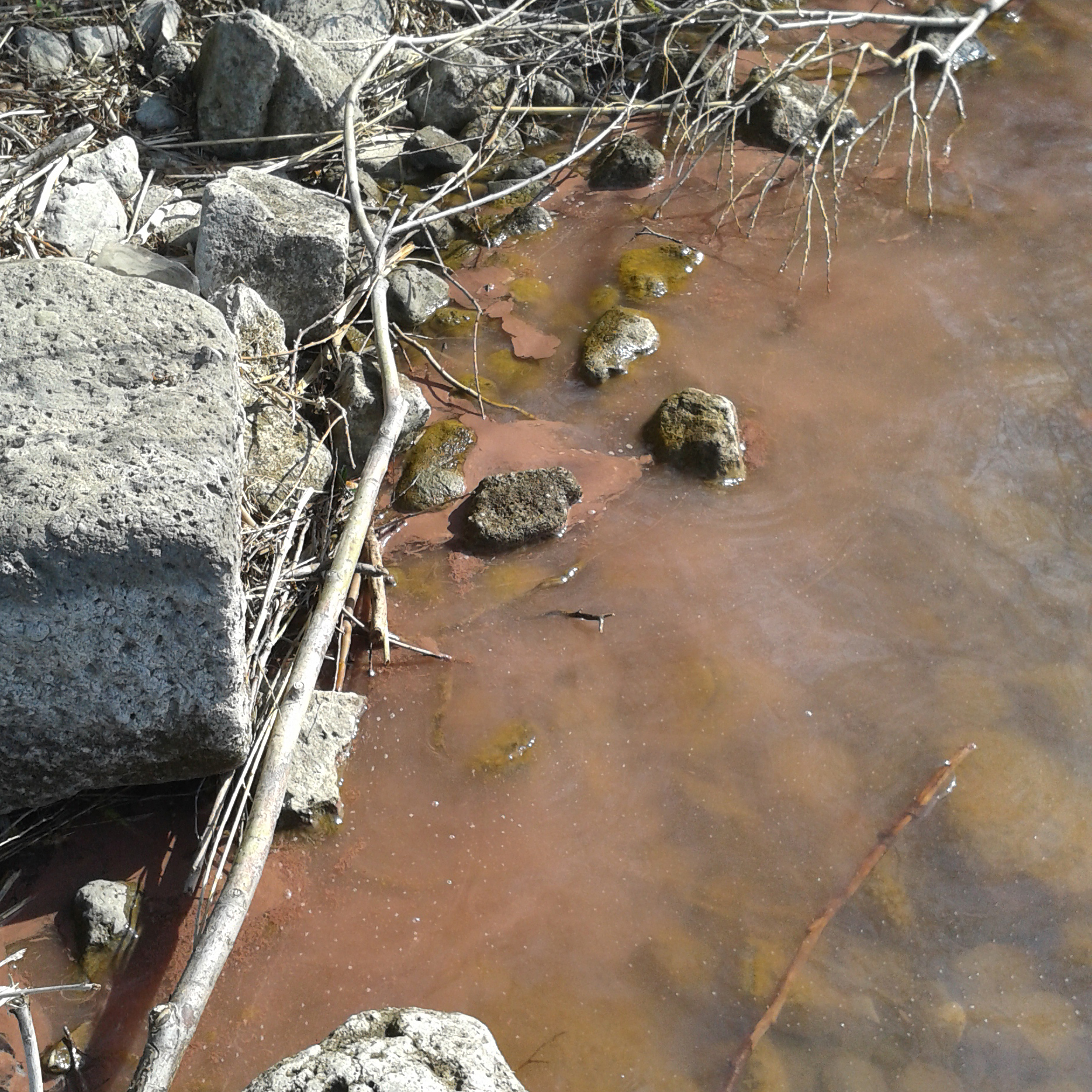
Example of red bloom composed by Planktothrix rubescens in Lake Albano, south of Rome, Italy (2017-03-13). Photo: Milena Bruno, ISS.



Space Based Cyanobacteria Information & Services
This project has received funding from the European Union's Horizon 2020 research and innovation programme under grant agreement No 730141.
